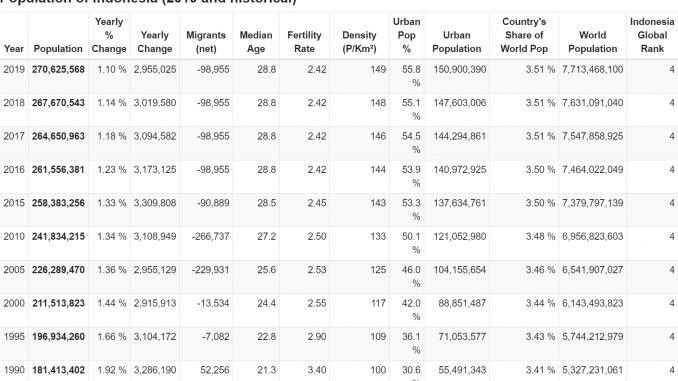

This unbiased method shows a good regression model of spreading new positive cases. Descriptive and inferential analysis that combined with Robust Regression Test are conducted due to some outliers data. Focus and the scope of this paper is on analyzing the relation between new cases of COVID-19 with population density of Jakarta’s districts. This is a secondary data research which drawn from Health Ministry of Indonesia as well as Center of Statistics for DKI Jakarta. DKI Jakarta as one of the highest population density among 34 provinces in Indonesia, has become an endemic area of COVID-19 with the rate of new cases show some fluctuation for each month along 2020.

However, these efforts need to be accompanied by continuous improvement of competence and welfare, so that the social awareness and economic capacity of each population are increased in order to achieve a better maintenance on the quality of the environment.COVID-19 pandemic have been spread around the world since the first outbreak on Desember 2019 in Wuhan, China. Population growth control becomes absolute and priority in Indonesia. An increase on population by 1,000 people tends to lower the water quality index by an average of 1.13 points (cateris paribus).

Data analysis is done through regression of panel data of 33 provinces with fixed effect model, The results showed that the population has a negative influence on water quality in Indonesia.

This study aims to determine the significance influence of population on water quality in Indonesia. However, the phenomenon in Indonesia is slightly different, because although population growth has decreased trend, but the acquisition of water quality index still fluctuate in several years. Several previous studies have found evidence of an influence between population and water quality. Ongoing population growth and urbanization can cause pressure on water systems, especially in urban areas.


 0 kommentar(er)
0 kommentar(er)
